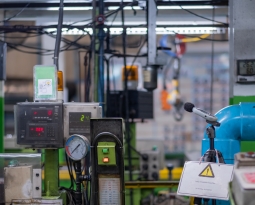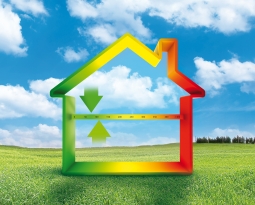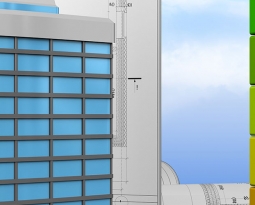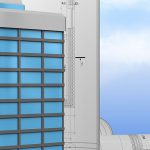As an airborne disease, COVID-19 and its rapid spread across the globe have highlighted many problems, including issues surrounding air quality. Throughout the past year and a half, the government has continually implored the public to open their windows and abide by the ‘hands, face, space’ slogan. This is because good air quality and ventilation are critical weapons in the fight against coronavirus. Sure, keeping our distance and windows open helps to improve the quality of air around us.
But what about the colder winter months when our priority is staying warm? Or what about areas of high-density housing where exposure to air pollution is systemically higher? In these cases, the governments well-meanings efforts don’t seem to get us very far.
High-Density Housing and Air Quality
Poor air quality is an issue that disproportionately affects people from low-income backgrounds. Low socio-economic households are more likely to live in flats than houses, with party walls and/or floors separating dwellings. Living in high-density housing means that you are more at risk of air pollutants from adjoining dwellings or commercial premises. The standards and guidelines surrounding ventilation, which architects and builders must follow, focus on saving energy and reducing the risk of overheating. There is little mention of controlling the spread of pathogens.
Ventilation Strategy
The ventilation strategy for new buildings in the UK is specified in Approved Document F. In the case where naturally ventilated dwellings do not meet the standard air permeability threshold, purpose provided ventilation is required. Houses in the UK are generally mixed mode, meaning they rely on both natural ventilation and infiltration for background ventilation.
The air permeability of a building determines how quickly air pollution can infiltrate via cracks, flues, chimneys and vents in the building’s structure. Similarly, a building’s ventilation system regulates the rate of removal of indoor-generated pollution. In short, the design, operation and maintenance of a building greatly influences the transmission of pathogens.
Looking to the Future
Experts are calling for big improvements to air quality in buildings because current ventilations systems are failing to stop the spread of Covid-19. The cost of improving air quality control threatens to be dangerously high. But scientists have argued that the monthly cost of COVID-19 is conservatively estimated at $1 trillion, whereas installing ventilation and air-quality systems designed to remove airborne pathogens would add about 1% to the construction bill of a typical building.
Do you think that an unprecedented public health crisis like COVID-19 calls for change in the way design buildings and think about ventilation?







